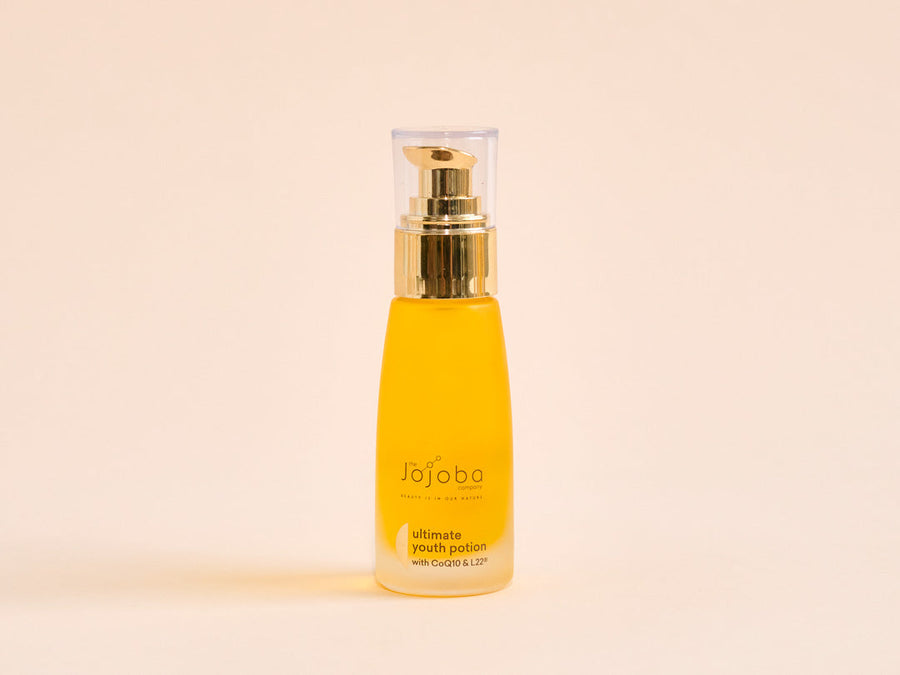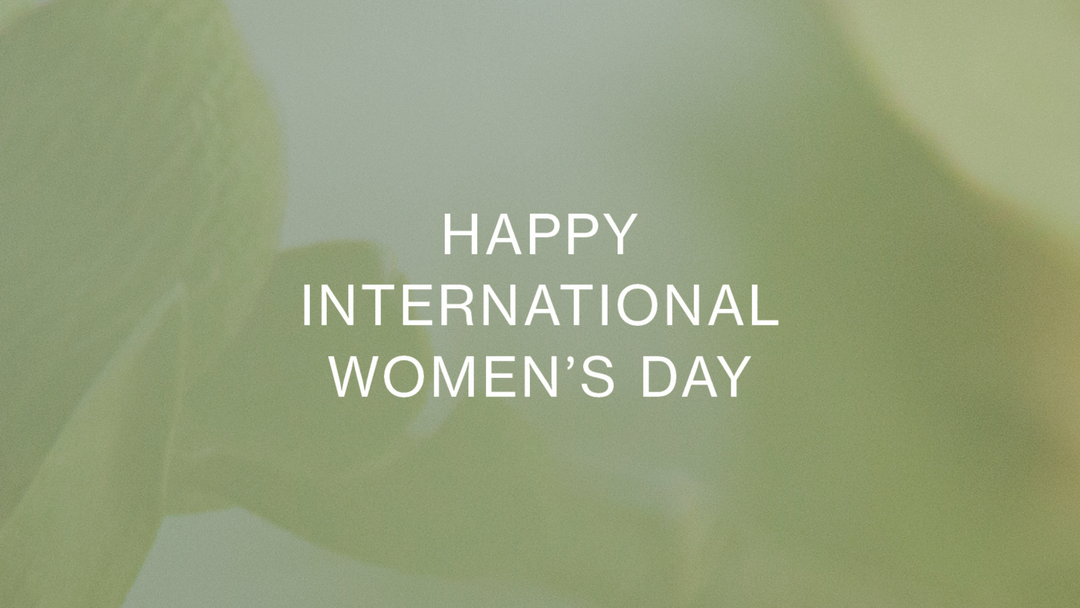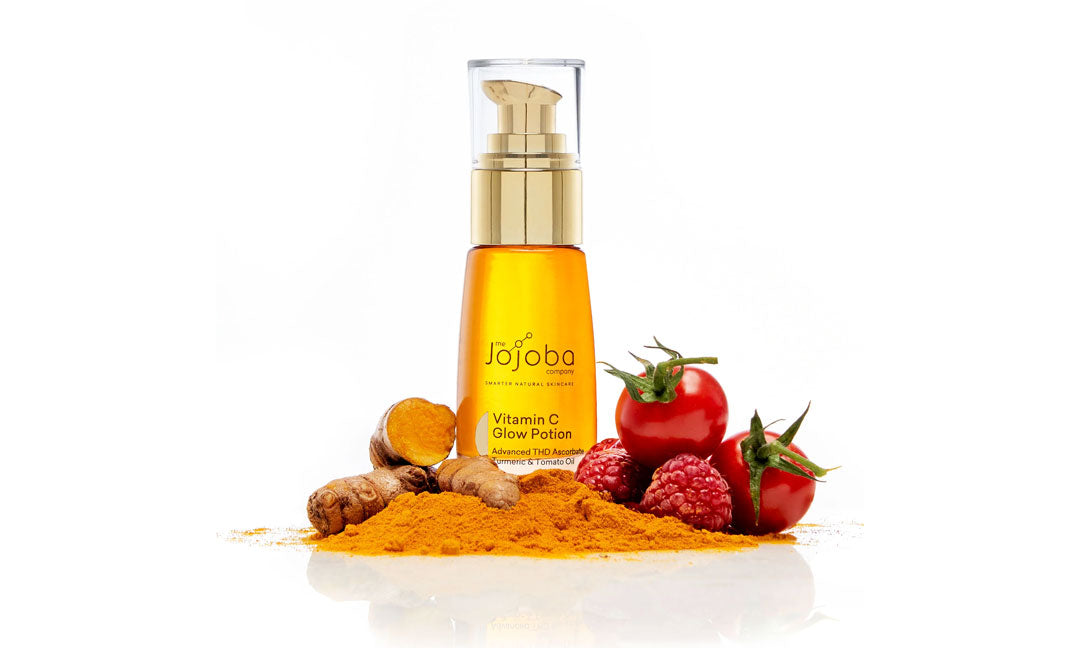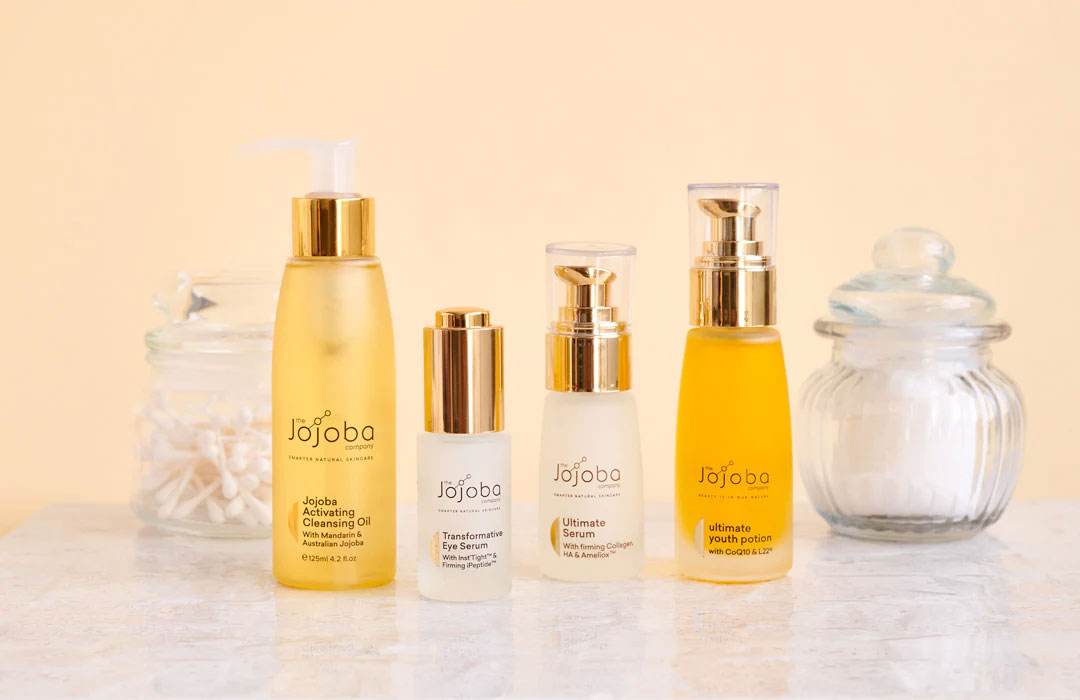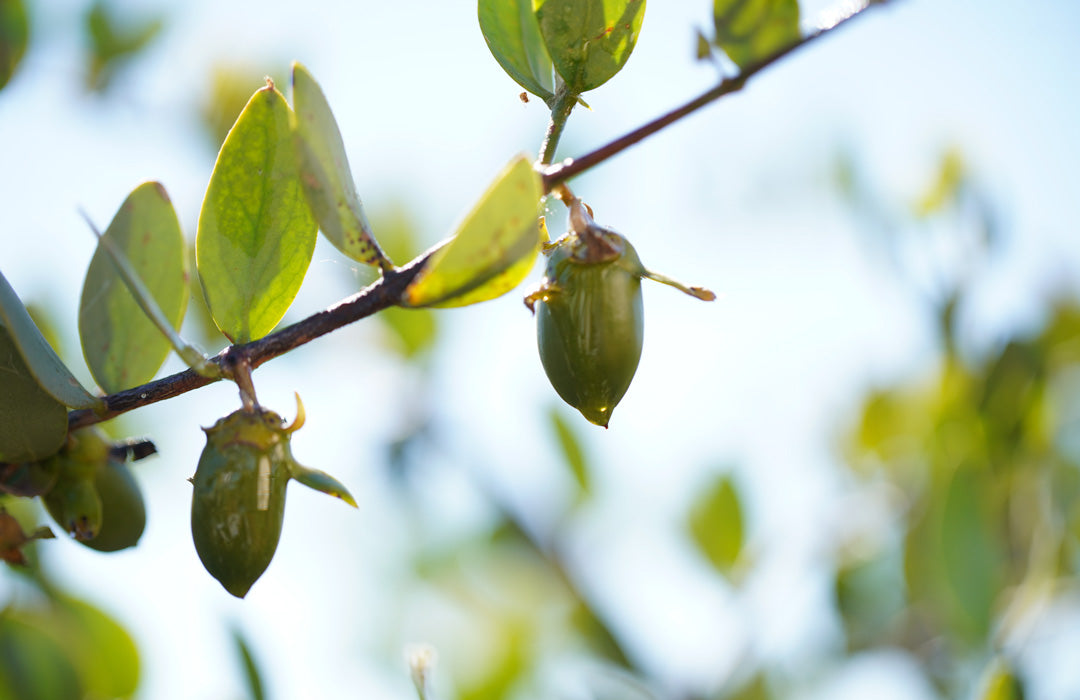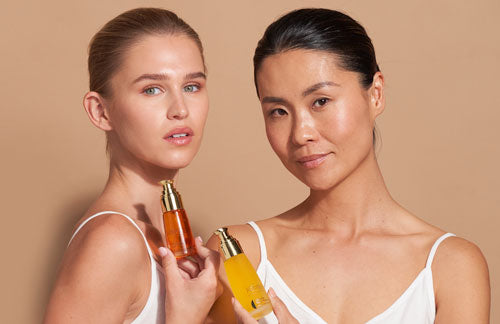The Natural Alternative - eco-friendly microbeads

End Plastic Microbeads Pollution
There are over 400 ethical brands worldwide – and it’s growing by the week- that have promised to remove microplastics from their ranges. By looking for the ‘Zero Plastic Inside’ logo you are giving the thumbs-up to a group of eco-friendly products and companies that have put your health, your family’s health and our environment first.
Plastic Microbeads and Skincare
Plastic microbeads are tiny beads (usually smaller than two millimetres) that are found in everything from skin exfoliators, cleansers, toothpaste, soaps, body washes, age defying creams and nail polishes. They’re listed in the ingredients small print as polyethylene (PE) or polypropylene (PP), polyethylene terephthalate (PET), polymethlyl methacrylate (PMMA) or nylon – not matter what it’s called –it’s all plastic.
Plastic, Plastic Everywhere
We can’t be expected to remember all these industrial plastic ingredients, or stand in the aisle reading labels all day – so don’t, just remember the ‘Zero Plastic Inside’ logo and you’ll be secure that you’re not getting any hidden nasties in your skincare.
Eco-Friendly Clothing
Also try to avoid nylon and polyester fibres in clothing, bags and fabrics in your home. Through machine washing these micro-fibres also end-up in our waterways and act the exact same way as plastic microbeads do.
Consider comfortable and breathable natural fibres like pure cotton, wool, bamboo, silk or linen.
Why are Plastic Microbeads so Harmful?
OK, so how bad can microplastics be, they just float around in the water til they naturally break down - right? No, unfortunately no happy ending here. Plastic microbeads go on to form part of a very toxic and dangerous food chain. This food chain often ends with the seafood that we eat as sushi or in our favourite seafood platter.
Plastic Microbeads Damage the Environment
Plastic microbeads in our beauty products are designed to be washed down the drain, while you shower or wash your face. They’re then processed through our water treatment plants and sent on into our rivers, estuaries and oceans. The problem is our water treatment plants cannot remove or trap these microplastics. They are far, far too small, so instead these tiny plastic beads have a free run directly into our waterways.
- One research project estimated a mind boggling 808 trillion pieces of microplastics go down American drains every day – staggering when you add that up and consider the rest of world’s contribution as well.
Plastic Microbeads are Toxic Sponges
Plastic microbeads have the capacity to absorb long lasting toxic chemicals floating around in the water. Industrial chemicals like pesticides, motor oil, flame retardants, or metals like copper, lead and nickel. They absorb them and concentrate them all into one place.
- Depending on the surrounding water pollution a single microbead can be up to a million times more toxic than the water around it.
Toxic Microbeads = Toxic Marine Life
These heavily polluted microplastics are then eaten by plankton - plankton is eaten by larger fish and the toxins are absorbed in the gut, and end-up in the fish tissue. They are also ingested by clams and oysters and other marine life. We then catch and consume this seafood. There are serious health risks here, and many countries are beginning to ban plastic microbeads in most products. In the meantime you can make your contribution by avoiding skin care products, or any product that won’t commit to these eco-friendly standards.
Avoid Harsh Microbeads
While there are many all natural cleansers and exfoliators they can be too harsh for your skin, particularly sensitive skin. Microbeads in some natural formulas (like ground fruit and shells [Walnut, almond, apricot]) are large, with rough edges and feel sand paper like when you rub them across your skin. These can damage skin by creating tiny micro tears, especially on the skin on your face which is much thinner than other areas. It leaves skin prone to ageing, infection and inflammation. Definitely not recommended if you are treating acne or have sensitive skin.
Gentle & Natural – The Best Exfoliator
Look out for microbeads that are round, super smooth and moisturising. They should glide across your skin, and not feel hard or scratchy. Adding moisture is important because it protects the natural lipid and pH balance of your skin, locking in hydration so skin is both buffed and plump after cleansing.
Jojoba Micro Beads
Jojoba micro beads are popular in exfoliating soaps, cleansers and creams. This is because they are spherical in shape (no jagged edges). They also melt and dissolve as you massage then into your skin, adding moisture. Micro beads that contain moisture gently soften dirt and dead cells. Skin remains calm, but also smooth and fresh looking – without looking sand blasted.
Jojoba Micro Beads & Nut Allergies
Because jojoba microbeads are odorless, colorless and super smooth they won’t scratch and irritate sensitive skin. They’re a great alternative to ground almond or walnut microbead ingredients for people with nut allergies.
The Best Cleansing/Exfoliating for Your Skin?
Exfoliating is perfect for removing dead skin cells and helping new healthy cells to grow. As we age, skin cell turnover slows down and cells tend to clump together more. So less new cells combined with a heavy layer of dead cells can leave mature skin looking dull, lifeless and show-up wrinkles. Dead skin cells also clog pores and aggravate acne.
Choose Your Routine
Work out what’s right for you. If you have very dehydrated skin with heavy flaking skip the exfoliation, use a gentle cleanser only.
Here are tips for everyone:
- Cleanse before exfoliating (otherwise you’re rubbing dirt & make-up around)
- Work cream into wet skin
- Use gentle circular motions
- Buff gently, using light pressure, never scrub hard
- Avoid eye area completely (never do eyelids)
- It shouldn’t be painful or make you look red and puffy
- Massage for 1-2 minutes maximum
- Exfoliate either AM/PM
- If you exfoliate as part of your morning prep make sure you use SPF sun protection since exfoliation can make your skin more sun sensitive
Get beautiful, smooth healthy skin and do your part for clean and healthy planet.
